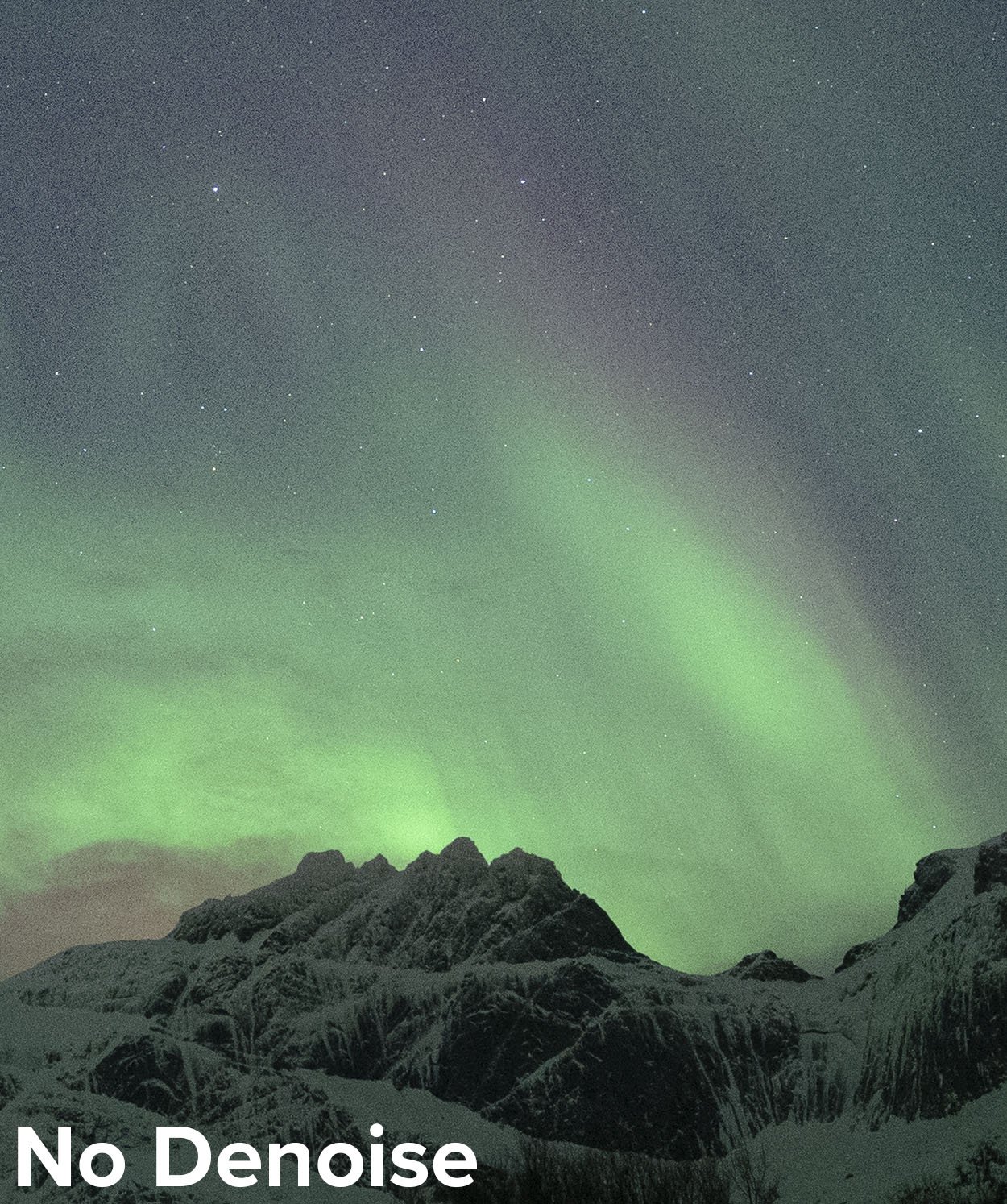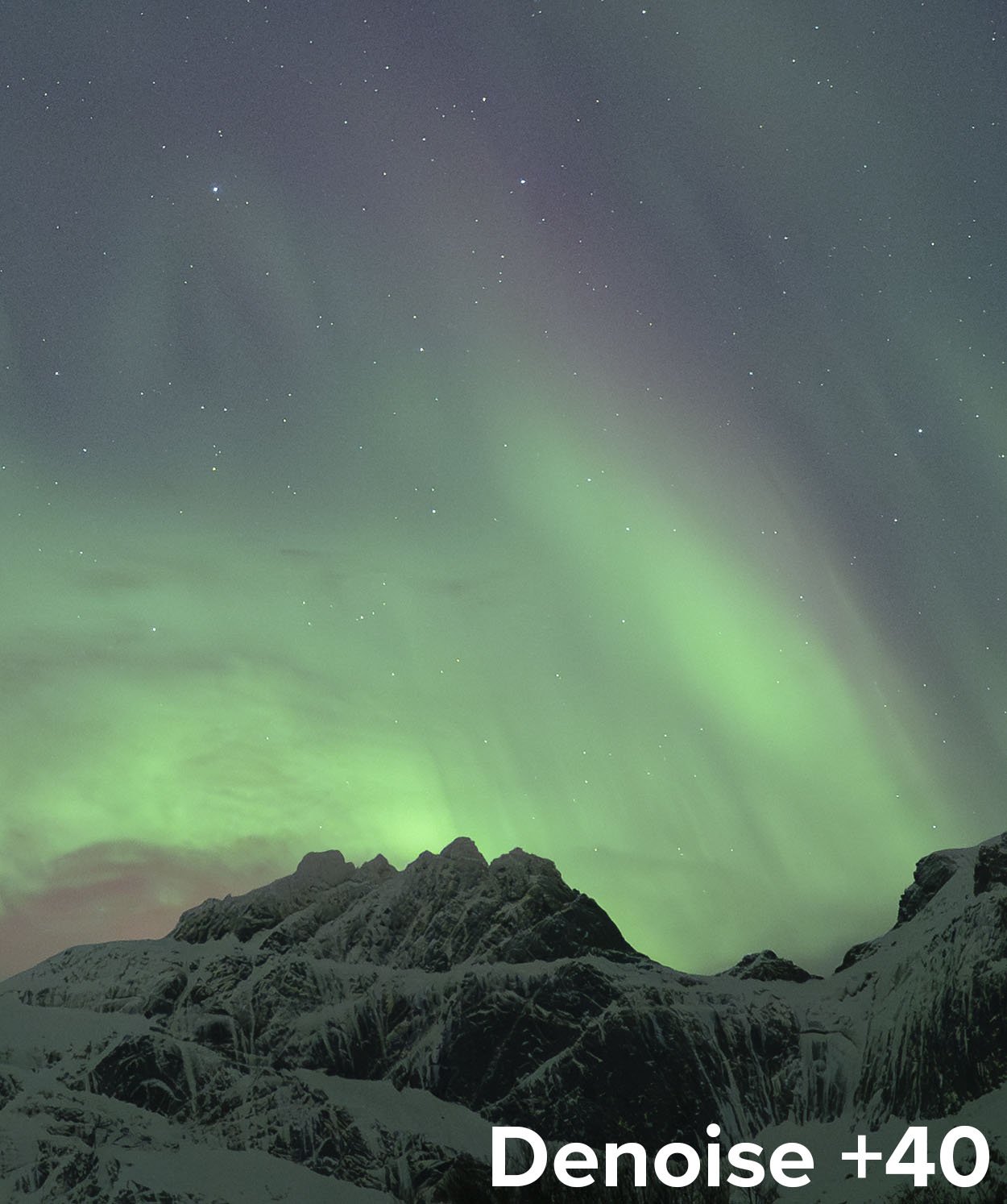Note: This is the third in a three-part series about creating star trails with the stacking technique. Part I covered how to shoot the raw materials. Part II demonstrated how to edit the individual frames in Lightroom and Photoshop to create the star trail stack. In Part III, below, Tim explains how to clean up artifacts that can occur when combining these images in Photoshop.
This is the third and final installation of our three-part guide to star trail stacking. We hope you have enjoyed the series so far. For those of you who didn’t catch Part I and Part II, we recommend reading those blog posts before you jump in here, so that you are up to speed with the capture and initial processing steps.
This method of creating star trail images is versatile and comes with many advantages, but it can also result in artifacts that need to be corrected in order to create a polished final image—things such as plane trails and stray light, which can appear on individual frames during capture.
Star trails over Animas Forks, Colorado. Nikon Z 6II with a Nikon Z 14-24mm f/2.8 S lens at 15mm. 17 stacked frames shot at 4 minutes, f/2.8, ISO 640.
While the fact that these artifacts exist at all might make you question whether to use this technique to begin with, the opposite is true: These problems can appear in any long exposure of the night sky, and the stacking technique gives you more power to remove them in a way that doesn’t harm your final image.
Indeed, that we can remove common artifacts from individual layers is a great reason to choose the technique of shooting multiple shorter exposures and stacking them together in Photoshop rather than shooting one long exposure.
In This Video
In the following video I’ll cover:
exporting your images from Lightroom into Photoshop
changing blending modes to create the initial star trail composite
identifying and working on individual layers
removing plane trails from individual layers using the Spot Healing Brush
the difference between layers and masks
creating layer masks and using the paintbrush to remove unwanted items that appear on individual frames
using selections to remove unwanted items that appear on individual frames
streamlining the editing process by grouping layers
using color labels to mark important layers
when to flatten your image and when to retain the layers
creating a composite layer to enable edits that can’t be done to multiple layers
renaming your Lightroom files to reflect the file’s status
Your Turn
Have you been creating star trail images using the stacking technique? We’d love to see your photos! Share in the comments below, or on our Facebook page, or on Instagram (tag us @nationalparksatnight #nationalparksatnight #seizethenight).













